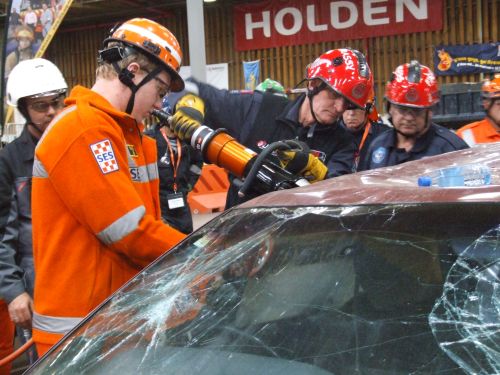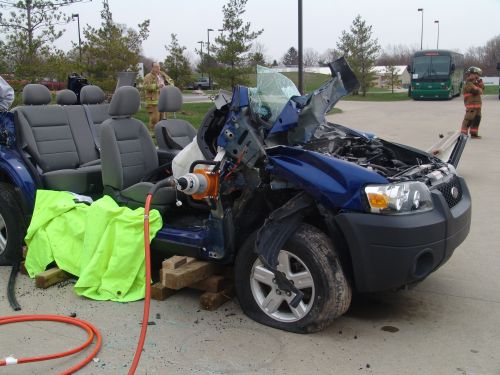What's in a Name?
I recently had a discussion about the merits of evolution names. What am I talking about?
Well, all of the techniques we know for gaining access to and creating space in a vehicle have names. You must have heard of ‘inverted B post rip’ or the ‘butterfly’ or what about the ‘oyster cracker’? They are of course known by different names, depending on where you operate as a rescuer, so is there actually any value in giving these techniques their own title?
Dash Lift/Dash Displacement - What do you call it? Does it mean the same to everyone?
It is my belief that it doesn’t really matter what you call a technique, the most important thing is that it can be done safely and in a casualty centred way. But actually, if you stop and think, there are several very important reasons why there maybe should be a standard across the world (of course allowing for translation!).
Firstly, it allows crews to standardize training, either across a region or a country. Having the same way of identifying techniques means that rescuers from different departments can train and extricate safely and efficiently without the need for coaching and explanation.
Secondly, it allows other agencies greater access into what we do. Having 3 names for the same evolution will not really allow other agencies to formulate an understanding of what we do and how we do it.
Finally, with the ever expanding use of the internet as a resource, continuity would allow rescuers worldwide to more readily share and identify techniques. A technique with a single name would generate more ‘hits’ when you typed it into a search engine, optimizing learning.

Should an evolution in Australia be called the same thing in Europe or USA?
On my travels I hear a vast amount of differing names for techniques: Some are obvious and relate in some way to what is being carried out, some not (especially those that are named after the guru who ‘invented’ it).
I think the most important thing here is that when you are tasked with carrying out an evolution (either in training or for real) the whole team knows what is to be done, and in what sequence. This ensures that each and every person involved is working safely towards the same goal.
One thing is for sure: The names are here to stay, whether we like them or not. Now if you will excuse me, I am off to practice my ‘Dunbar Hatch Rip’
As ever, your comments are welcome!
Ian
